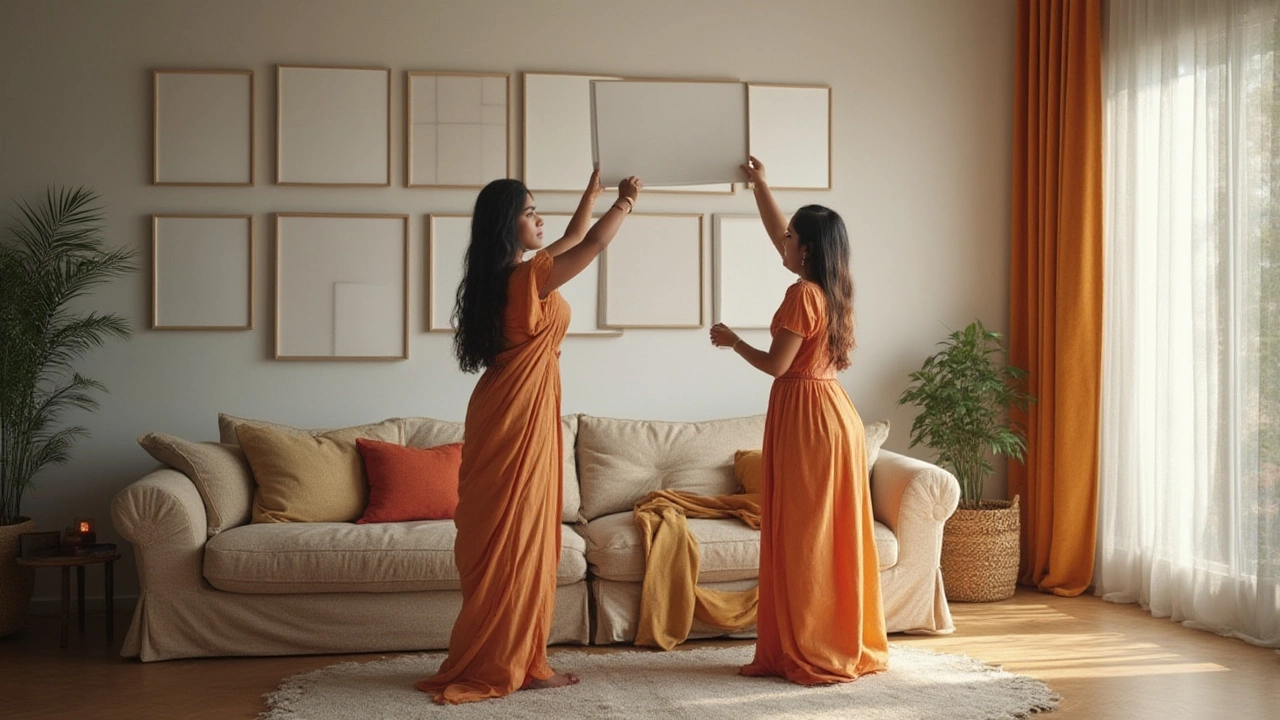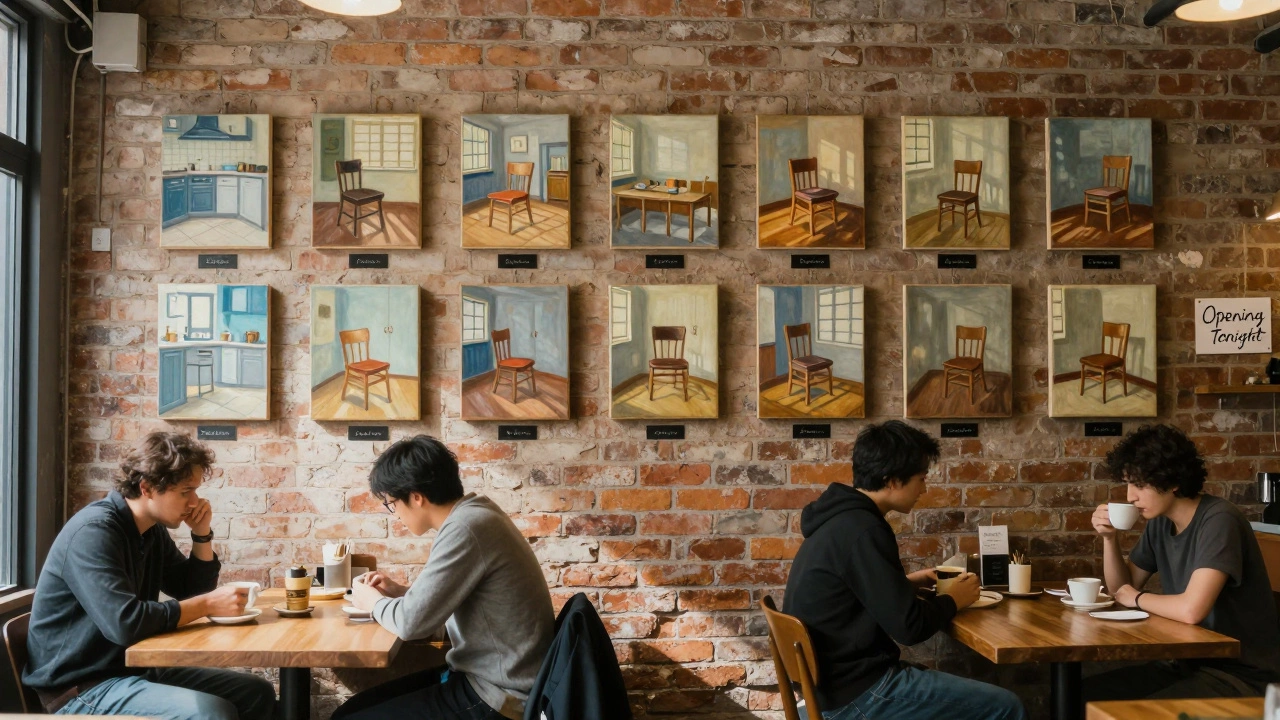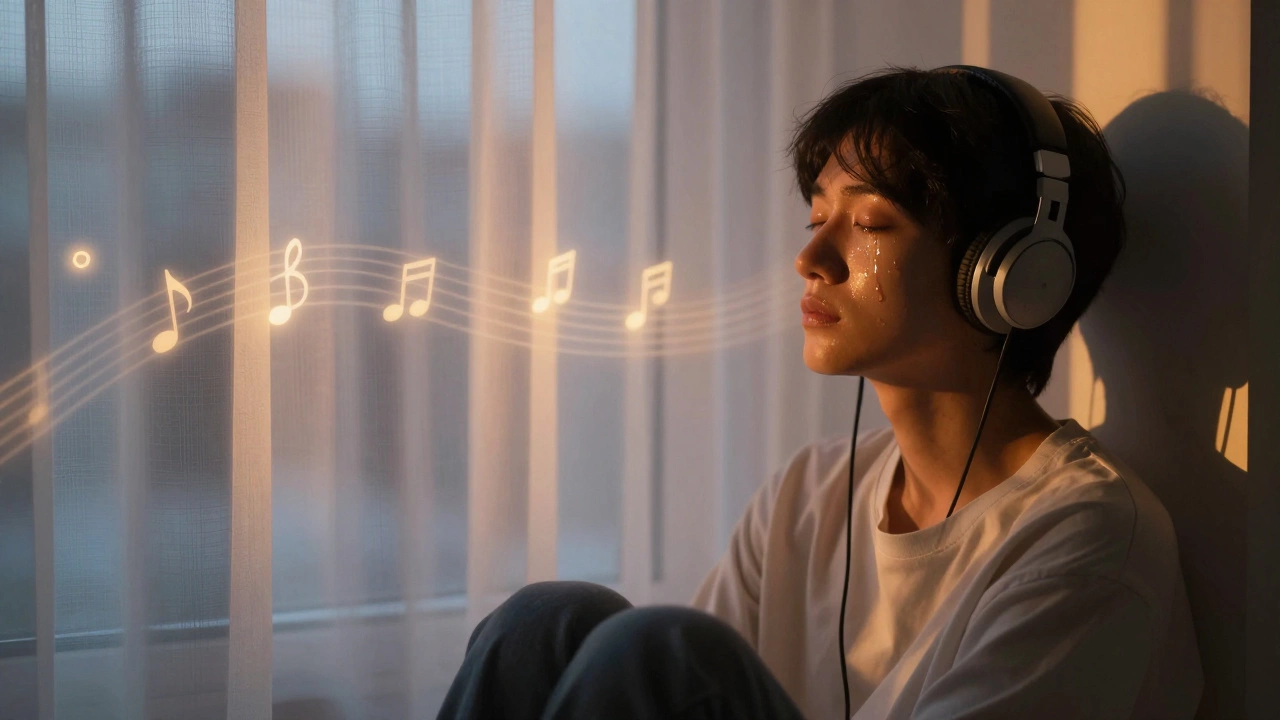If you've ever tried to sell art prints, you might have noticed something odd: some sizes seem to disappear from your inventory almost overnight, while others just linger, untouched and unloved. Ever wondered why? Here's the twist—size isn't just a technical afterthought. It's one of the biggest factors (pun intended) deciding whether someone clicks “Add to Cart” or moves on without a second glance. Have you ever peered inside a design-savvy friend's home and noticed how every print just… fits? That's no accident. People want decor that's ready to hang, doesn't feel awkward, and plays nicely with other pieces. If you haven't cracked this code yet, don't worry—let's zoom straight into the sweet spots of print sizing, buyer behavior, and real-world sales data that will actually help your own art stand out and sell.
The Print Size Sweet Spot: What Data Really Shows
First, here's a not-so-secret truth anyone selling or buying art prints knows—there are a handful of sizes that clearly outsell the rest. Numerous reports from online art marketplaces like Etsy, Society6, and Redbubble point to recurring champions: 8x10 inch, 12x16 inch, 16x20 inch, and 18x24 inch prints come up again and again. When I started printing my own watercolors (and, let's be honest, testing which would sell best to fund Eira's growing collection of eco-friendly schoolbags), I kept bumping into the same trend. It's not just about what fits in a frame—it's about what speaks to the biggest slice of buyers.
Need some real numbers? Artfinder released a report back in 2022 that showed prints in the 16x20 inch and 12x16 inch range made up more than 60% of all print sales on their platform. Meanwhile, a 2023 survey of over 2,000 U.S-based home decorators by The Spruce found that almost 80% stick to frames no larger than 18x24 inches for art in bedrooms and living spaces. That makes sense: go much bigger, and you need a lot more wall space. Go smaller, and your piece can vanish into the background—unless it's part of a gallery wall, which is another trend entirely. Still, most prints sold online and in galleries land neatly within that 8x10 to 18x24 inch spectrum.
Let me break it down with a handy chart, so you can see just how dominant these sizes are:
| Print Size (inches) | Percentage of Total Art Print Sales (2023, US/UK/AU) |
|---|---|
| 8x10 | 12% |
| 12x16 | 16% |
| 16x20 | 21% |
| 18x24 | 15% |
| Other sizes (combined) | 36% |
You'll notice that just a few sizes mop up more than half of all sales—it's not even close. If there's one takeaway here, it's that standard, easy-to-frame sizes almost always win out. That's mostly because people don't want the headache of tracking down a specialty frame or shelling out cash for custom framing. Time is precious, and so is wall space. The more your prints fit into standard-size frames from Ikea, Kmart, or your local big-box shop, the more likely someone is to snap one up.
Why Buyers Flock to Certain Print Sizes
Ever tried hanging an oversized print in a rental apartment? If you have, you know the struggle: limited space, rules about banging nails in the wall, and, let's not forget—shipping costs that double the price of the actual artwork. That's a big reason mid-sized prints, especially those in the 16x20 or 12x16 range, are so popular. They aren’t too tiny to disappear above a side table but don’t require you to rearrange the whole living room just to hang them.
There's also the psychological bit. Art buyers—especially those browsing for home decor—want their purchases to feel like low-risk, low-effort upgrades. A print that slips into an A3 or 11x14 ready-made frame? Instant gratification. I’ve met buyers at Sydney's Glebe and Paddington markets who actually carry tape measures in their handbags, determined to find prints that slot straight into their gallery wall, no fuss. Even big box stores have caught onto this trend and now design wall display sections to showcase these exact print dimensions.
Then there’s the price point. Small and mid-sized prints land right in the impulse-buy sweet spot: big enough to feel like a luxury, but cheap enough that buyers don’t have to agonize over the decision. According to a 2024 Statista report on art e-commerce, prints in the A4 to A2 range outsell others by as much as a 3-to-1 ratio. People want art they can afford, and they want to buy more than one—but not break the bank on each one.
But here’s something you might not have considered: smaller prints make fabulous gifts. Everyone’s got a blank bit of wall somewhere, even if it’s just above the laundry hamper (I have my daughter’s watercolours there, because why not?). A4 or 8x10 prints are popular because they’re easy to wrap, carry, post, and hang without a dramatic trip to the hardware store. That’s also why artists and photographers looking to build a following usually offer “mini print” collections for first-time buyers, which can lead to bigger, more expensive purchases down the track.

How Home Decor and Framing Trends Shape Best-Selling Print Sizes
If you’ve ever scrolled Instagram or Pinterest for home decor ideas, you’ve definitely seen the so-called “gallery wall” trend—clusters of prints in pleasing, tidy arrangements. It’s everywhere, from fancy interior design mags to the smallest share houses. Guess what holds together these perfect little grids? Uniformity. And uniformity is hardest to achieve if you have to hunt for weird-sized frames. That’s why every gallery wall guide, DIY kit, and how-to post pushes people toward 8x10, 12x16, and 16x20 prints.
Frames are key. Think about it: stores like Kmart, Target, IKEA, and Officeworks in Australia all stock a ton of affordable frames, but mostly in just a handful of sizes. You’d be surprised how often buyers simply buy the art that fits the frames they already own or can grab off the shelf that day. If you want your prints to fly out the door, matching these “standard” sizes can make all the difference.
Even with the rise of digital downloadable art—which has boomed in recent years, especially after the 2020 lockdowns—most customers still print at home or at office stores, sticking with sizes their printer and local photo shop can handle. That usually means A4, A3, 8x10, and 11x14.
Here's a tip: if you’re selling online, always list your prints in both metric (A4/A3/A2) and imperial (inches) sizes. When I added both options to my little shop, I watched overseas orders tick up by about 40%. People don't want to break out the calculator—or hope that an 8.27x11.69 print looks okay in their frame. Easy sizing = more sales.
Don’t forget about matting, either. A white mat around a smaller print inside a bigger frame? Super popular. So even if you print on the smaller side, your art can still end up in a larger, show-stopping display. Consider offering prints with an optional mat, or at least including detailed sizing tips for customers in your listings.
Tips for Artists: Boosting Your Print Sales With the Right Size Strategy
If there’s one mistake I see new artists make, it’s falling for the “go big or go home” approach. Extra-large prints sound glamorous in theory, but unless you’ve already got a client base begging for room-sized statement pieces, stick to the sizes that fit real people's homes and budgets. Still, it doesn’t hurt to offer a couple of larger options for the rare buyer with lots of space and confidence (and, honestly, a decent chunk of cash to spend on art).
Here are some hard-earned tips I wish someone had shared when I started selling:
- Always offer your work in the four most popular sizes: 8x10, 12x16, 16x20, and 18x24 inches. If you prefer metric, A4, A3, and A2 are your core trio.
- Consider bundling smaller prints as a set. People love buying three coordinated 8x10s to hang together, and often will pay more for a ready-made "mini gallery wall."
- If you design with standard mat and frame sizing in mind, mention it in your product descriptions. “Fits standard 12x16 inch frames” is more reassuring than you think.
- Test and tweak. Not every audience is the same. Try different size options in your listings and track which ones move fastest—weirdly, some cities have slightly different preferences. Sydney leans A-frame, while LA still loves 11x14.
- Don’t neglect digital download listings. If you sell downloads, offer multiple size ratios (4:5, 3:4, 2:3), clearly labelled so buyers can print at home or in a local shop without drama.
- Include a visual guide or photo showing where your print fits in a room. People are terrible at judging scale online, so anything that helps them imagine the art in their home builds confidence and nixes buyer hesitation.
- Monitor your sales data. Platforms like Etsy and Shopify let you sort by bestsellers, so review your numbers every month. Double down on the sizes that are flying, and drop the ones that just don’t sell.
One last thought—art prints are personal, sure, but they’re also practical objects. The sweet spot combines beauty, convenience, and just enough flexibility that customers can fit your art into their lives without hassle. If you keep your eyes on what actually sells—not just what looks beautiful in your studio—you’ll see your own success story unfold, size by size.





